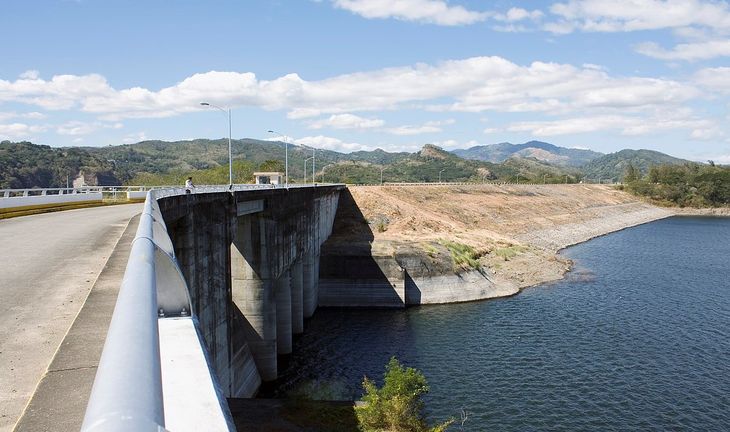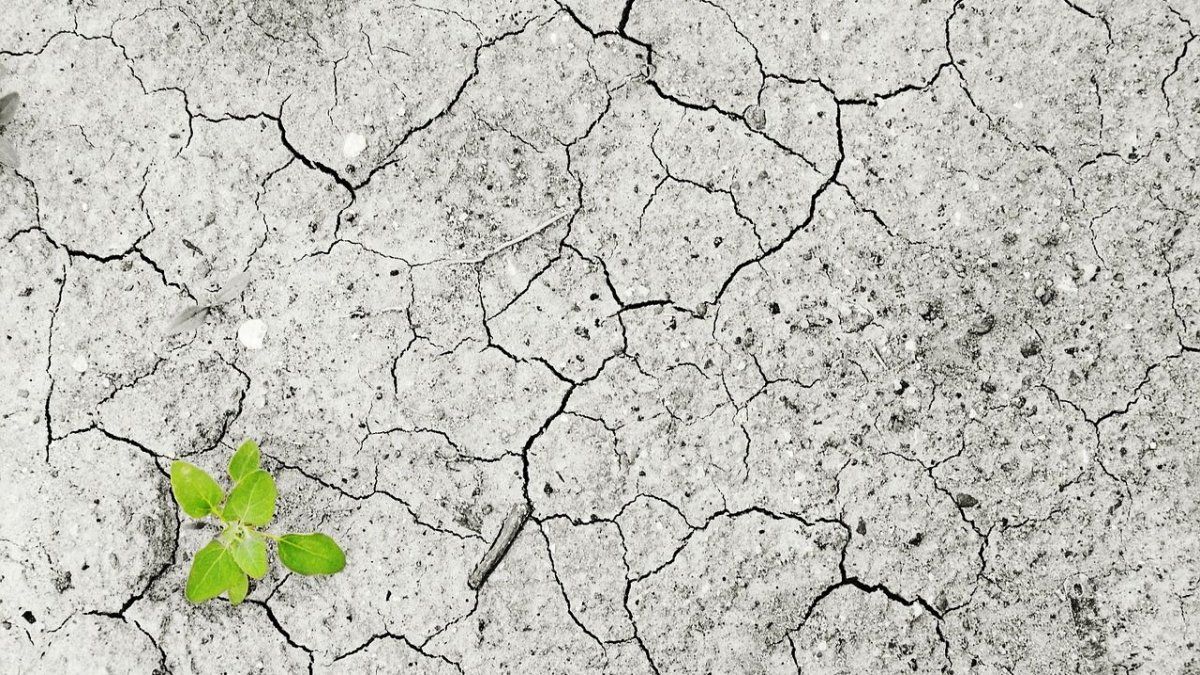A city of northern philippines It had been submerged by the construction of a dam in the 1970s and reappeared after water levels dropped due to the drought that is plaguing the country.
The temperature in the province of Nueva Ecija has reached around 37°C almost every day this week. But the thermal sensation, which also includes humidity, exceeded 42 °C, a level considered “dangerous”.
The ruins, in the middle of the Pantabangan Damin the province of Nueva Ecija, became a tourist attraction and visitors pay about five dollars to the fishermen to transport them by boat to the middle of the reservoir, where the city appears in a temporary island.
The sunken city that reappeared in the Philippines
This city It was founded almost 300 years ago and it is the sixth time that it has arisen since its disappearance due to the construction of the dam to bring irrigation water to farmers and generate hydroelectric energy. At that time, hundreds of Residents of towns and farms that were submerged were moved by the government to higher ground.
pantabangan philippines ruins.jpg
Parts of a church, a town hall plaque and several tombstones began to be visible in March, after several months of almost no rain. revealed Marlon Paladin, an engineer with the national irrigation administration.
“This is the longest time” it has been visible, Paladin told AFP. The months of March, April and May are usually the hottest and driest in the Philippines but this year’s conditions have been aggravated by the El Niño meteorological phenomenon.
The water level of the reservoir has fallen almost 50 meters from its normal level of 221 meters, according to data from state meteorological services. Almost half of the provinces of the archipelago are officially in drought. Falling water levels forced the shutdown of two hydroelectric plants near the dam earlier this month, shortly before the normal shutdown date of May 1.
Pantabangan_ Philippines.jpg

Pantabangan Dam, in the province of Nueva Ecija.
The Severe drought also caused losses in agriculture and it mainly affected rice producers who were left without the irrigation water they need to carry out the activity. Some have chosen to grow vegetables as it requires less water.
Source: Ambito




